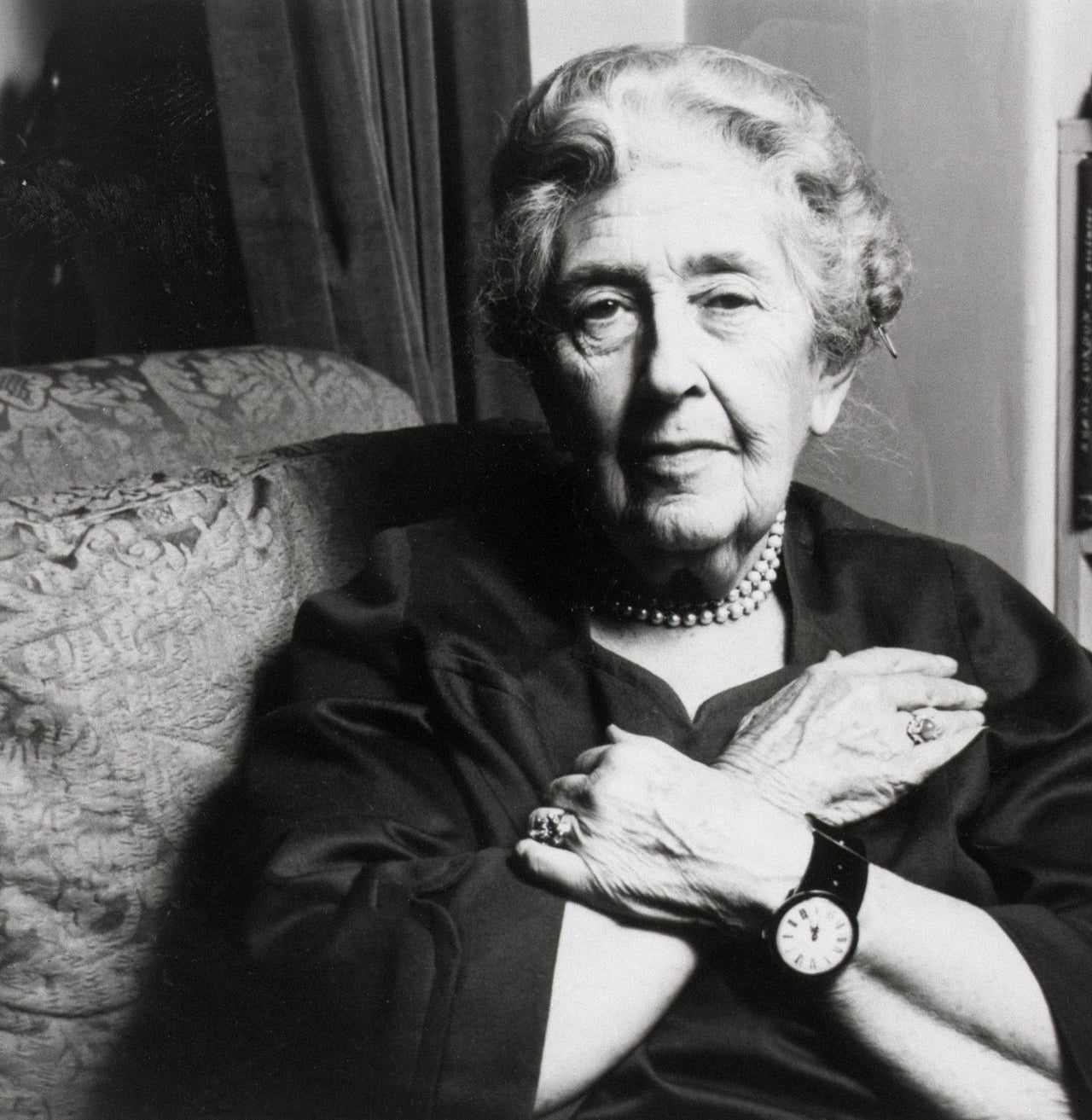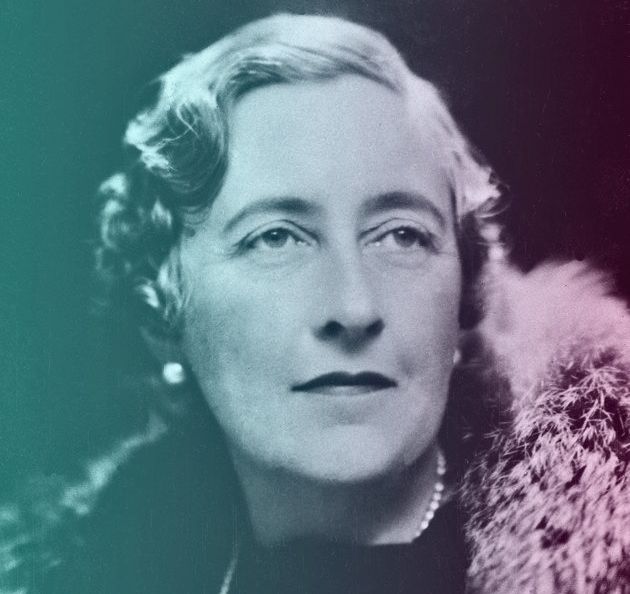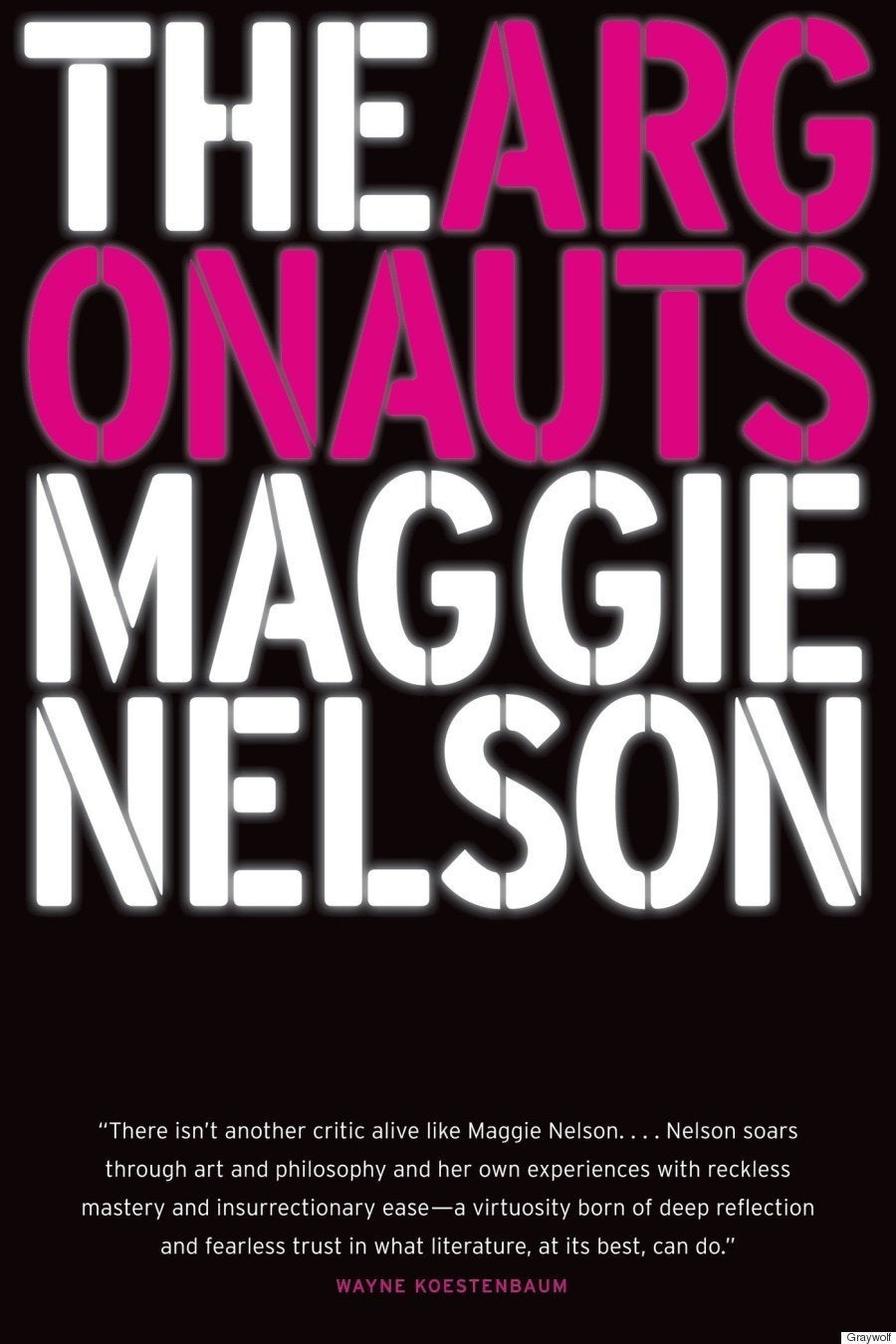“If you could order a crime as one orders dinner,” detective Hercule Poirot asks in Agatha Christie’s The ABC Murders, “What would you choose?”
“Let me see now,” his buddy Captain Arthur Hastings replies. “Let’s review the menu. Robbery? Forgery? No, I think not. Rather too vegetarian. No, it must be murder ― red blooded murder. With trimmings, of course.”
This tone ― refined, witty, and just a little bit bloodthirsty ― characterizes Agatha Christie’s 66 murder mystery novels, published between 1920 and 1976. Christie’s written world exists in a sort of British fairytale bubble ― assuming, of course, your fairytales include multiple homicides. Her stories’ settings are limited to middle and upper class suburbia, and often demarcated even more tightly ― taking place on a train, a deserted island, or a seasonal home.
The murders that occur there are swift and out of sight; not a huge fan of gore, Christie ensured the carnage was reasonably minimal. Poison ― the cleanest of killers ― was her go-to way to go, a good blundering would, on special occasions, really ruin a carpet. The Queen of Mystery could choose her crimes as one selects a tasty meal, and clearly, she had a type.
The ratio of women victims to men, in Christie’s novels, is roughly two to one. In reality, men are more likely to be victims of homicide than women. Yet women are more commonly cast as victims in literature, film, art, the media, and hence, the imagination. Although the exaggeration of female victims doesn’t reflect real life, the resounding fear that results from it is real. And for women, that sticks.
It’s not too surprising that Christie’s pattern mirrored this norm, whether she was critiquing it or conforming to it ― or a little of both.

Christie’s stories read more like elaborate puzzles or living board games than the typical true crime narrative. Characters adhere to motives, alibis and stereotypical quirks, most lacking the emotional depth to truly contemplate what’s at stake when a life is lost ― or stolen. Crime writer Ruth Rendell criticized Christie’s style, claiming that to call her characters “card-board cut outs [would be] an insult to cardboard.” Nevertheless, when one drops dead, or even two or three, the loss is way easier to grieve.
While death is always the crux of Christie’s tales, her stories assume the tone of a comedy of manners more so than melancholic drama. Blood on the nice cushions? What a shame! Characters like Hercule Poirot and Miss Marple bust on the scene, eager to uncover who did such a thing and how. Meaning, literally, how: through what sequence of events? Never: how could a human being possibly take another’s life?
“Detectives, murderers, and most innocent bystanders shared a mutual excitement, and even pleasure, in the face of red-blooded killing.”
The killers in Christie-town are not maniacs, serial killers, child molesters or rapists. They were not systematically conditioned to resort to violence, psychologically traumatized during childhood, or suffering from mental illness. Nothing that would spoil her fun. No, the murderers were unlikely suspects with a specific motive in mind, be it money, love, revenge, or shutting up someone who knows too much.
What truly makes Christie the master of her craft, however, is her ability to keep readers guessing, challenging them to decode the clues before the detective. A task which seemed virtually impossible.
“Christie’s stories read more like elaborate puzzles or living board games than the typical true crime narrative.”
I read my first Agatha Christie book, Ten Little Indians (its named based on a controversial children’s rhyme), in fourth grade. In it, 10 individuals are mysteriously invited to weekend on a small, isolated island. They bunk up in a mansion together, where they discover the rhyme “Ten Little Indians” eerily awaiting them in each bedroom, as well as 10 soldier figurines resting on the dining room table.
One by one, the guests are murdered, and each time, a figurine broken. Given the lack of depth allotted to each character, their deaths felt quite like breaking a precious yet not irreplaceable object. A rush of panic, a moment of outrage, a deep breath, and back to business as usual.
Right before the killer was revealed, my teacher challenged the fourth grade class to write down their prime suspect on a piece of paper and pass it forward. There were around 25 people in the class. No one guessed correctly.

Thankfully, Poirot and Marple are savvier detectives than my fellow fourth grade sleuths. When they uncover the killer, there is no ambiguity, no second guessing. Crimes cunning and gruesome are fully unraveled and cleaned up, communicating that though murder is a messy business, it can be dealt with in a proper and genteel manner, and eventually, order will be restored.
The peace of mind that washes over in a bow-tied Christie denouement is comforting to all readers, but especially to women, disproportionately victims of domestic violence and rape. Women who now constitute an estimated 80 percent of the crime book reader population. Women who are no strangers to imagining the various ways their bodies could be harassed, beaten, raped or killed. Women who can’t help but clutch their keys in one hand, their phone in the other while walking home at night, their breath quickening as a man slows his pace or stares too long.
For many women, death as Christie imagines it would be a best-case scenario. Or, at least, best-case murder scenario.
“For many women, death as Christie imagines it would be a best-case scenario. Or, at least, best-case murder scenario.”
Christie, born on September 15, 1890, was quite the morbid lady herself ― she reportedly adored funerals from a young age. But many women I know who do not attend funerals adore reading about crime and not, as Christie put it, the “vegetarian” kind. It’s as if some women have, almost out of necessity, become fluent in the language of their greatest fear, as if talking, reading or joking about murder can ease the constant dread they experience.
On their podcast “My Favorite Murder,” comedians Karen Kilgariff and Georgia Hardstark deal with their anxiety-induced fear of being murdering by talking about it, obsessively, in hilarious and quite indelicate terms. In one episode, for example, the women joke that it is creepier when men murder women without raping them because, then, they posit, why do it all? The hosts clarify, again and again, that they do not condone murder in any way, shape or form. That they joke as a way to cope with their own constant terror, to look the ugly thing right in the face and say “ha ha ha!”
Kilgariff and Hardstark are, in a way, the antithesis of Christie. They both find the fun in murder, but while Kilgariff and Hardstark revel in all the gruesome details, Christie regards murder with the same orderly decorum usually reserved for a spilled glass of wine. Unfortunate, but fixable. Christie responds to this reading of her work in the dedication of Hercule Poirot’s Christmas, written to her brother-in-law.
“It’s as if some women have, almost out of necessity, become fluent in the language of their greatest fear”
“You complained that my murders were getting too refined ― anaemic, in fact. You yearned for a ‘good violent murder with lots of blood.’ A murder where there was no doubt about its being murder! So this is your special story ― written for you. I hope it may please.” Christie then describes the “violent” murder in terms of the mess it creates ― “heavy furniture overturned ... china vases lay splintered on the floor.” Oh dear!
Kilgariff and Hardstark tackle their anxiety by digging up history’s most disgusting atrocities ― those that mix abuse, neglect, poverty, obsession, derangement, molestation, and torture are best. Christie, however, delivers women’s nightmares in the most delectable packaging possible. “I specialize in murders of quiet, domestic interest,” she told Nigel Dennis in a 1956 interview. “Give me a nice deadly phial to play with and I am happy.”
“For women who lie in bed at night with murder on the mind, Christie offers the G-rated indulgence that will deliver spine-tingles and goosebumps but no stomach-churning nausea.”
Christie liked to reference nursery rhymes in her titles. Oftentimes, as with Ten Little Indians, the rhymes factor into the murderer’s plot or the clues that eventually help solve the case. Other examples include One, Two, Buckle My Shoe; Hickory, Dickory, Dock; Pocket Full of Rye; as well as the short stories “Four and Twenty Blackbirds” and “Sing a Song of Sixpence.” Christie’s mysteries don’t just employ nursery rhymes as tactics to crack open a case. Rather, they are nursery rhymes in themselves, grown up bedtime stories that put women face to face with their fears, sanitized and tidied up.
Agatha Christie may have been hungry for blood, but she hated to make a mess. Instead of aiming for a murder most foul, she crafted killing in its most palatable form ― in a quarantined space, with civilized people, one very clever detective, and a resolution that left no wiggle room. For women who lie in bed at night with murder on the mind, Christie offers the G-rated indulgence that will deliver spine tingles and goosebumps but no stomach-churning nausea.
For the modern day lady who likes to face her fears head on, but perhaps, with a little sugar on top, why not wind down the evening with Five Little Pigs? Like a children’s lullaby, it will put you right to sleep.

